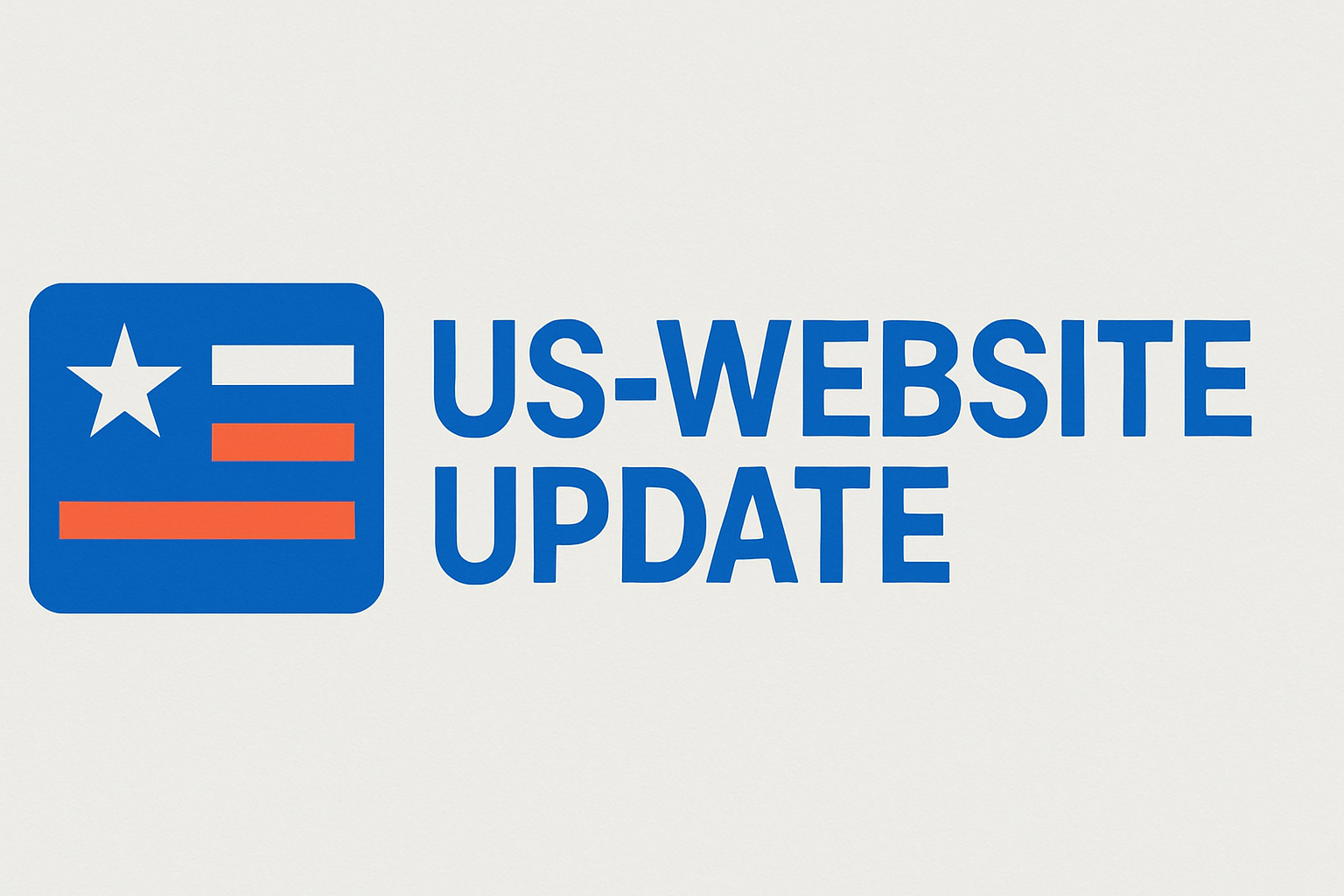In the modern business landscape, customer acquisition is no longer the only metric that defines success. While attracting new clients remains vital, retaining existing customers is far more cost-effective and profitable in the long run. This is where customer loyalty management plays a critical role. Businesses that prioritize loyalty create stronger customer relationships, encourage repeat purchases, and cultivate brand ambassadors.
To implement these strategies effectively, companies are increasingly turning to management software designed specifically for tracking, analyzing, and enhancing customer loyalty efforts. Let’s explore how customer loyalty management contributes to growth and how technology can be leveraged to optimize its impact.
What is Customer Loyalty Management?
Customer loyalty management refers to the strategies, tools, and practices a business uses to retain its existing customers and increase their lifetime value. It involves tracking customer behavior, rewarding consistent engagement, and delivering personalized experiences that keep customers coming back.
Unlike one-time promotional tactics, loyalty management focuses on the long-term relationship between the brand and the customer. It’s not just about offering discounts—it’s about building trust, satisfaction, and emotional engagement.
Why Customer Loyalty is Crucial for Business Growth
A well-executed loyalty strategy impacts nearly every aspect of a business. Here’s why loyalty management is vital:
1. Cost Efficiency
Acquiring new customers costs five to seven times more than retaining existing ones. A loyal customer base reduces the need for constant acquisition spending.
2. Higher Customer Lifetime Value (CLTV)
Loyal customers tend to spend more per transaction and return more frequently. Over time, they generate significantly more revenue than first-time buyers.
3. Word-of-Mouth Marketing
Satisfied customers often become advocates, recommending your brand to friends and family. Loyalty builds organic growth and trust.
4. Predictable Revenue Streams
A stable base of loyal customers creates recurring income and more accurate revenue forecasting.
5. Valuable Customer Insights
Through customer loyalty management, businesses collect data on preferences, behaviors, and trends—critical for product development, marketing, and service improvement.
Key Components of Effective Customer Loyalty Management
To achieve success, businesses must structure their loyalty efforts around these key pillars:
1. Customer Segmentation
Segment your audience based on behavior, demographics, and purchase patterns. Tailored messaging and offers increase relevance and engagement.
2. Reward Structures
Design a reward system that aligns with your brand. Options include point-based systems, tiered memberships, cashback, or experiential rewards.
3. Personalized Communication
Leverage customer data to deliver personalized messages and offers. This enhances the customer experience and encourages engagement.
4. Feedback Mechanisms
Collect feedback regularly to improve service and make customers feel heard. Loyalty programs should include a way to measure satisfaction and adapt accordingly.
5. Omnichannel Integration
Ensure your loyalty initiatives are available across all platforms—online, in-store, and mobile—for a seamless customer experience.
The Role of Management Software in Loyalty Programs
To manage loyalty effectively, businesses need robust management software. These platforms automate key processes, centralize customer data, and offer analytics for decision-making. Here’s how they add value:
1. Automation
Loyalty platforms can automate rewards distribution, email campaigns, notifications, and customer tracking. This saves time and reduces errors.
2. Data Analytics
Management software provides real-time insights into customer behavior, program performance, and engagement levels. These metrics guide your strategy and help refine offers.
3. CRM Integration
Loyalty platforms often integrate with Customer Relationship Management (CRM) tools, combining marketing and sales efforts for a unified customer view.
4. Customizable Reward Programs
Create and modify your loyalty structure based on your audience—point systems, tiers, gamification, and more.
5. Omnichannel Engagement
Loyalty tools allow you to manage programs across apps, websites, and physical locations, ensuring consistent communication and rewards.
Popular Customer Loyalty Management Software Solutions
If you’re ready to invest in customer loyalty management, consider these industry-leading platforms:
1. LoyaltyLion
Ideal for e-commerce businesses, LoyaltyLion offers points, referrals, and tier-based rewards. It integrates with major platforms like Shopify and BigCommerce.
2. Smile.io
A flexible and user-friendly platform that supports points, VIP tiers, and referral programs. It’s widely used by growing brands.
3. Zoho CRM Plus
An all-in-one suite combining CRM and loyalty features. Zoho helps businesses track customer behavior and launch targeted campaigns.
4. Yotpo Loyalty & Referrals
Focused on integrating reviews, referrals, and loyalty into one system. It boosts user-generated content and trust while managing rewards.
5. Annex Cloud
Perfect for enterprises, offering omnichannel loyalty, social engagement, and analytics in one platform.
How to Build a Strong Loyalty Management Strategy
- Set Clear Objectives
Define what you want to achieve—repeat purchases, customer retention, average order value, etc. - Understand Your Audience
Use surveys, purchase data, and analytics to tailor your program to your customers’ needs. - Choose the Right Software
Ensure the management software you choose fits your business size, industry, and goals. - Design an Engaging Program
Make your program fun, easy to understand, and worth the effort. Offer rewards your audience actually values. - Promote and Educate
Market your loyalty program across channels and ensure your team understands how it works so they can explain it to customers. - Track, Test, and Improve
Use your software’s analytics tools to measure performance and iterate based on what works best.
Future Trends in Customer Loyalty Management
Looking ahead, here are some loyalty trends shaping the future of business growth:
- AI and Predictive Analytics: Programs that anticipate customer needs before they arise.
- Blockchain-Based Rewards: Transparent and secure systems offering tokenized incentives.
- Sustainability-Driven Loyalty: Programs rewarding eco-conscious behavior, such as recycling or ethical purchasing.
- Emotional Loyalty Metrics: Focus on customer sentiment and emotional connection, not just transactions.
Conclusion
Effective customer loyalty management is a cornerstone of sustainable business growth. By focusing on retention, personalization, and continuous engagement, businesses can foster lasting relationships and build communities around their brands. With the support of modern management software, these efforts become more scalable, insightful, and impactful.
Whether you’re a small business or a large enterprise, investing in the right strategies and tools to manage customer loyalty is not just smart—it’s essential for long-term success in today’s competitive market.









